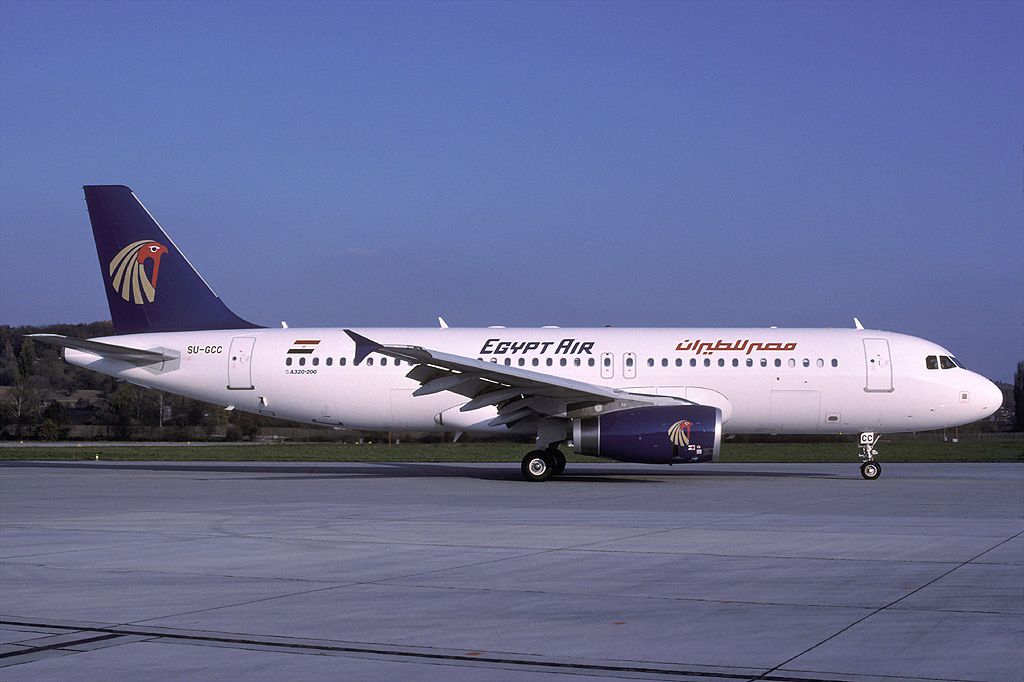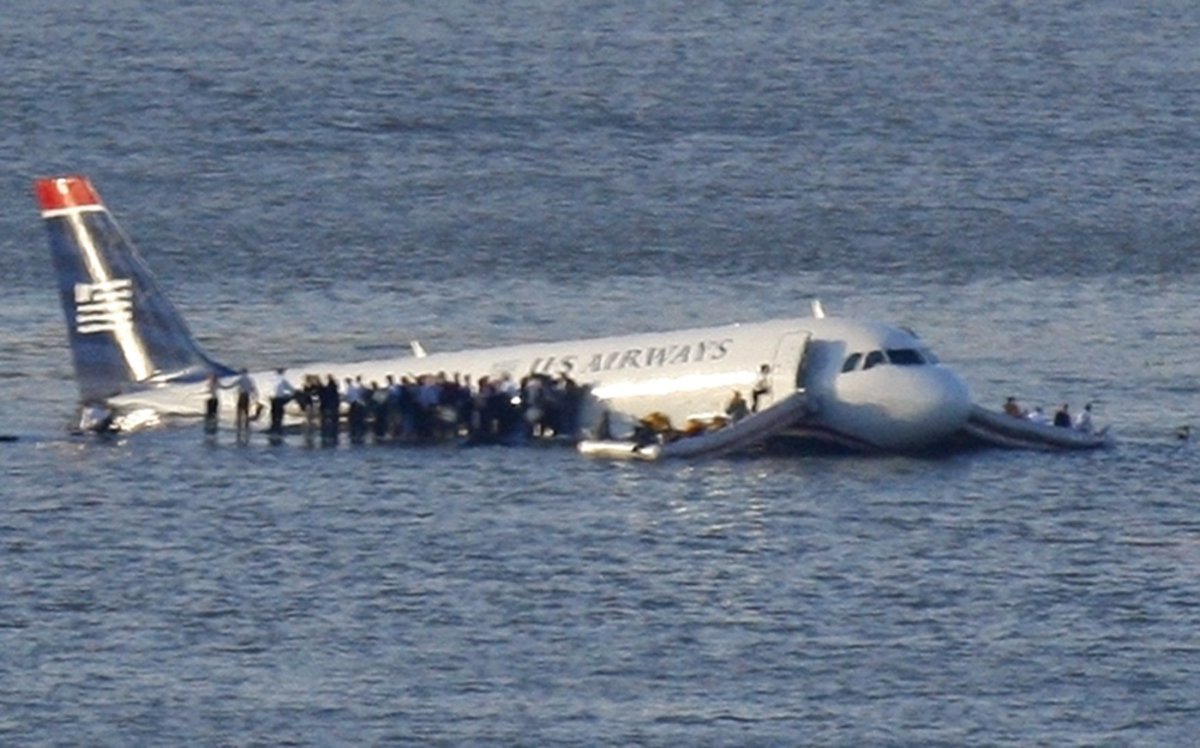
Since entering service in 1988, only 12 of the 98 million flights undertaken by the Airbus A320 aircraft have resulted in fatal accidents. Of those dozen crashes, the majority are attributed to either pilot error or acts of terrorism.
It is these statistics that have earned the A320—the same model as the EgyptAir flight MS804 that went missing between Paris and Cairo on Thursday—the reputation as one of the safest planes in the world for short and medium haul flights. Along with the other aircraft of the A320 family (the A318, A319 and A321), Airbus says more than 300 operators have used the planes in their fleets.
There has been a lot of speculation surrounding the cause of the crash over the Mediterranean, with one of the theories being a problem with the aircraft.
The plane used for EgyptAir flight MS804 had been in service since 2003 and had accumulated around 48,000 flight hours. Neither of these figures are excessive, leading aviation experts to suggest there is little chance mechanical failure was the cause of the crash.
"The A320 is used by everyone from budget airlines to the likes of British Airways and Air France," Neil Hansford, chairman of Strategic Aviation Solutions, with more than 30 years in the aviation industry, tells Newsweek.
"It is the workhorse of the short and medium haul aviation market. Its safety record is fine, in fact the only major incidents in the past have pointed to pilot error, not mechanical failure. It doesn't just crash for no reason."

Hansford says that at the time of the plane's disappearance, it was cruising at 37,000 feet and would not have been under the direct control of the pilot.
"Nothing happens when you're cruising at 37,000 feet," Hansford says. "There are so many default systems with the A320 that it is essentially a computer flying the aircraft.
"I therefore believe that this incident was in no way related to an issue with the aircraft. What is far more likely is that it was a bomb."
This is a view corroborated by Phil Giles, a member of the team that investigated the Lockerbie bombing and who spent 16 years at the British government's Air Accidents Investigation Branch. Giles tells Newsweek that the A320 aircraft has a "very good safety record" and that "very little" could cause it to break up at that height apart from an explosion.
Perhaps the most famous incident involving an A320 was the so-called " Miracle on the Hudson," in 2009, when pilot Chesley Sullenberger landed a U.S. Airways A320 on New York's Hudson River. Even with both of the plane's engines knocked out by a flock of geese, Sullenberger was able to land the plane on the water with no fatalities.
Uncommon Knowledge
Newsweek is committed to challenging conventional wisdom and finding connections in the search for common ground.
Newsweek is committed to challenging conventional wisdom and finding connections in the search for common ground.
About the writer
Anthony Cuthbertson is a staff writer at Newsweek, based in London.
Anthony's awards include Digital Writer of the Year (Online ... Read more
To read how Newsweek uses AI as a newsroom tool, Click here.






